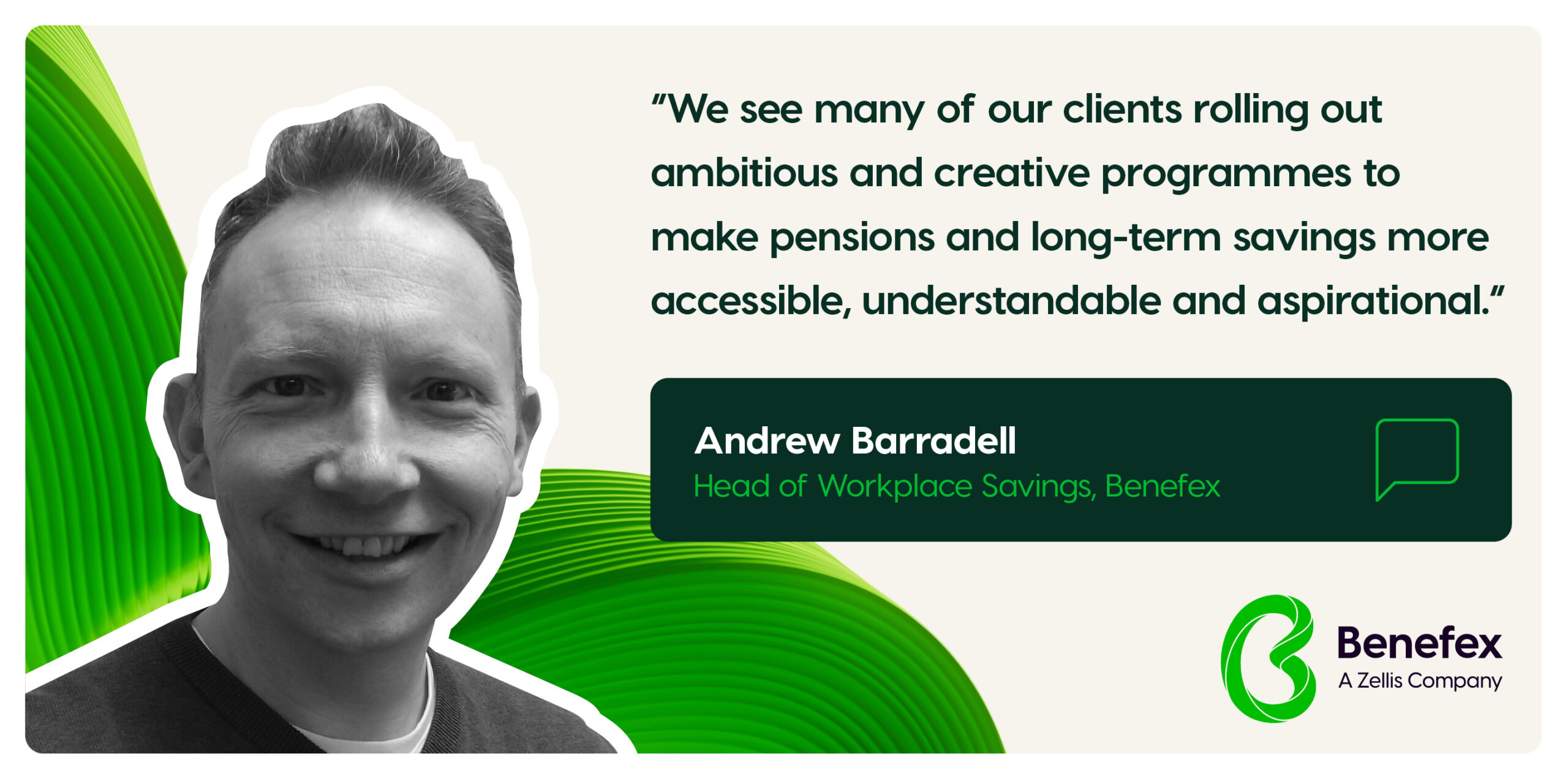
Blog, Reward & Recognition
3 ways reward strategy can drive and support culture change
21-08-2023
How can organisations use reward as a strategic lever to foster a culture where their employees thrive?
A reward strategy encompasses everything an organisation does for its employees – from benefits and pension, to recognition, wellbeing support and beyond.
Over the last couple of years, the role of the reward director has changed immeasurably, as employees have looked to employers to help the cope with crises from the Covid-19 pandemic to the cost-of-living crisis.
Wellbeing and culture go hand-in-hand. They’ve become increasingly important for employees as they prioritise working for employers who are compassionate, caring and concerned about their wellbeing, who support their growth and can offer a working environment in which to thrive.
In Benefex research, 92% of employees said a commitment to wellbeing was the most important factor when choosing an employer.
As part of these growing expectations, the reward director is also increasingly responsible for championing values such as diversity, equity and inclusivity and environmental, social and governance, all important parts of the organisation’s culture.
3 considerations to transform your organisation’s culture:
1. Create a hub for culture
Where does that culture live? With many organisations adopting hybrid or fully remote working patterns, most of the things that define and make up culture are shifting into the digital realm. Most organisations are still adapting. A company’s values might be written on its office wall, but is it publicising them through digital channels or recognising and rewarding employees for living these values?
Although 86% of employees say they would like one place for all the benefits, content and culture-related resources they get from their employer, most employers don’t have a unified technology solution. HR leaders are often managing cultural information across disjointed systems – some of it might be buried on the intranet; some of it might be delivered during the induction process; some of it might be communicated during recruitment, and so on.
In response, many employers are are creating a central hub, where employees can go – not only to engage with benefits, but to get wellbeing support, read communications from senior leaders, recognise colleagues and take action.
2. Show how employees can live the values
Putting purpose and values front and centre of reward and recognition strategy can have a huge impact on employee engagement. Strong workplace communities come from a sense of shared purpose and common goals. In turn, by working towards something that they support and believe in, employees are more likely to commit, not just to their jobs, but to the organisation.
Indeed, 83% of employees want to feel a stronger sense of belonging and community. But employees need to see and feel culture. Reward and recognition programmes are the place to bring an organisation’s values to life, showcase what makes that culture unique and let employees live them – every day.
Beyond the company’s personal values, there are two key areas of corporate purpose that employees are particularly looking for when they assess their reward package:
- Sustainability
- Inclusivity
Being able to demonstrate how benefits champion the values and diversity of employees – and empowering them to take action – as well as being the right thing to do, can help inspire, care for and keep the best people.
For example, Benefex customer energy provider EDF aligned its benefits strategy to its corporate strategy, which is to help Britain achieve net zero. EDF launched a salary sacrifice electric vehicle scheme that almost 500 employees signed up for – taking up to 500 petrol and diesel cars off the road and supporting employees’ personal sustainability goals at the same time as its corporate mission.
3. Recognise employees for upholding the culture
Recognition is fundamental to culture. In fact, 83% of employees say a recognition programme is an important consideration when choosing an employer and 89% of employees said people should be recognised for embodying the company values.
This need for recognition to reinforce company values is heightened in a remote or hybrid working environment.
Benefex customer Ocado used our recognition platform to “say thank you to all the people who have worked tirelessly to feed the nation”. Employees were able to celebrate achievements, online and in-the-moment. The ability to access the platform remotely was especially important when much of the workforce is either out on the road or in the warehouse. In the first 30 days, 8,000 colleagues engaged on the platform – 55% of the target population.
Reward strategy is a strategic initiative
The quality of employee experience an organisation delivers highlights what it thinks of them. Employees know this and expect more from an organisation’s culture than ever before.
As the struggle to attract and retain quality talent in an ever more fluid employment market continues to challenge businesses, reward strategy presents a golden opportunity to create a positive culture that benefits employees and business – and demonstrates the strategic importance of the reward function.
Originally posted on REBA

Michael Tigwell
Chief Operating Officer, Benefex


